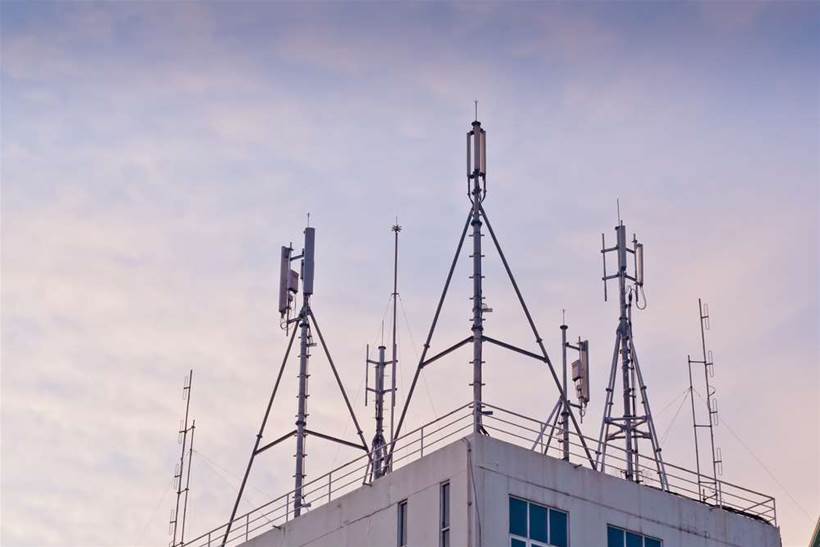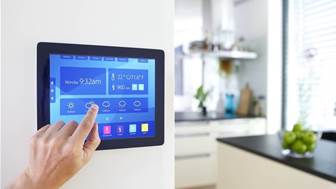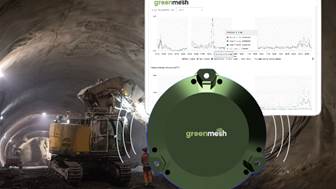Australia's communications watchdog is seeking industry feedback to help it facilitate the development and growth of IoT in Australia.
The Australian Communications and Media Authority (ACMA) released a paper, ‘The Internet of Things and the ACMA’s areas of focus’, that identifies potential paths to facilitate M2M (machine-to-machine) and IoT innovation over the next five to ten years.
The paper also analyses a range of issues in Australia’s transition to IoT and presents an initial review of regulatory settings and the extent to which they encourage M2M and IoT.
The paper calls on Australian industry to provide input on the need for a designated, discrete numbering range for M2M and IoT applications, future radio band spectrum requirements, and cooperative information sharing models to address emerging digital information security risk.
The ACMA is also seeking feedback on its near-, medium- and long-term priorities for regulatory attention, which are also outlined in the document.
"The Internet of Things is the next stage in the digital communications convergence phenomena - it's the stage that pervades the wider economy," ACMA chairman Chris Chapman said.
"Realising the potential benefits from mass device and information connectivity depends in part on appropriate regulatory settings enabling M2M communication, reducing or removing barriers to adoption, and appropriately mitigating any associated potential harms."
The paper outlines the areas of activity that are expected to enable M2M and IoT applications:
- Infrastructure – Network digitalisation and increased bandwidth, network addressing and numbering, spectrum availability, increased device functionality, privacy, reliability and interoperability
- Digital data and cloud storage
- Citizens and consumers making complex connections
- Key enabling strategies – harmonisation, forbearance, use of alternatives to direct regulation, communication and information provision
- Problem solving strategies – conducting research, conducting enquiries, collaborative partnerships, better use of existing regulation
The paper also discusses the implications of IoT developments for the sectors the ACMA regulates, which are:
- Telecommunications – the growing shift to mobile and data-driven communications will increase the attention on telephone numbers that support IoT and the standards and protocols that will enable IoT
- Broadcasting – increasing online content delivery will require a rethink on existing content safeguards and the maintenance of content production support models
- Radio communications – pressure from those seeking access to already utilised spectrum will see a continued need for regulator involvement in radio band planning and allocation
- Online environment – the increase in global information flows and changes to user behaviour will require the continuation of international engagement and partnerships, and educating citizens and business about productive engagement within the IoT environment will also have importance
The ACMA is also working with Communications Alliance members as part of an industry-wide IoT Think Tank, in which it is leading the work streams on radio spectrum availability and licensing requirements for wireless services.







